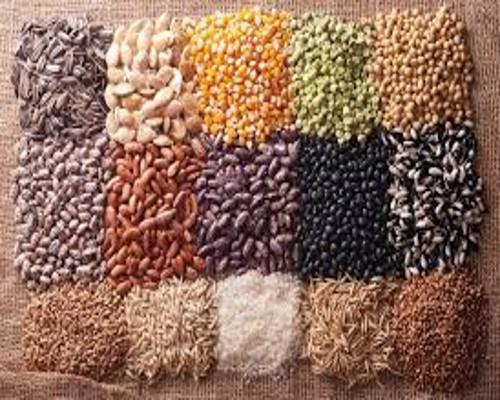Developing a GM crop involves identifying genes responsible for desired traits and inserting those genes into the plant genome. The genes are usually taken from bacteria and viruses and confer traits like insect or herbicide resistance. The genes can be inserted directly into plant cells or transported into plant cells via Agrobacterium, a soil bacterium that causes crown gall disease in some plants. The transformed cells are selected and regenerated into whole plants. The plants are bred with conventional crops to develop varieties with stable GM traits that can be commercialized. It takes about 12-15 years of research and development to commercialize a GM crop variety.
Benefits of GM Crops
The main benefits of growing Genetically Modified Seeds crops are increased yield, lower production costs, and pest resistance. Some GM crops are engineered to tolerate herbicides, allowing farmers to more effectively control weeds. This reduces crop losses and allows no-till farming, preventing soil erosion. Other GM crops produce insecticides in their tissues, reducing the need for synthetic pesticides and thereby lowering production costs. Some GM traits also improve nutrition - for example, Golden Rice incorporates genes from daffodils and bacteria to produce beta-carotene preventing vitamin A deficiency. Proponents argue GM crops can help meet the growing demand for food from a rising global population.
Impact on Farmers and the Agricultural Industry
Genetically modified seeds have significantly benefitted many farmers and the agricultural sector. Farmers spend less on chemical inputs like pesticides, have higher yields and profits. No-till farming protects soil quality and conserves water. The biotech seed industry has also grown significantly. However, the high costs of GM seeds and royalties have trapped some resource-poor farmers in debt cycles. Monocultures of major GM crops have reduced biodiversity in some regions. Certain GM seeds are also patented, restricting seed-saving and exchange practices for some traditional farmers. Dependence on a few GM traits also increases vulnerability to pests and weeds evolving resistance. Overall, impacts vary greatly depending on individual socioeconomic contexts.
Health and Environmental Risks
While GM crops have been evaluated on a case-by-case basis and those approved are considered safe for human consumption, some concerns remain about possible long-term and indirect health effects, interactions between stacked GM traits, and impacts of herbicide-tolerant crops. Horizontal gene transfer from GM plants to soil and gut microorganisms is also still unclear. GM crops could potentially disrupt ecosystems by cross-breeding with wild relatives, outcompeting other species, or attracting increased pesticide usage. Some studies link GM crops and herbicides like glyphosate to negative health and environmental outcomes but the evidence is mixed and inconclusive. Gene flow from genetically modified seeds to organic and conventional crops is also difficult to contain, posing economic risks to producers. Continued monitoring and independent research is needed to fully understand the risks.
Get more insights on Genetically Modified Seeds
Genetically Modified Seeds: The Effects and Impacts


